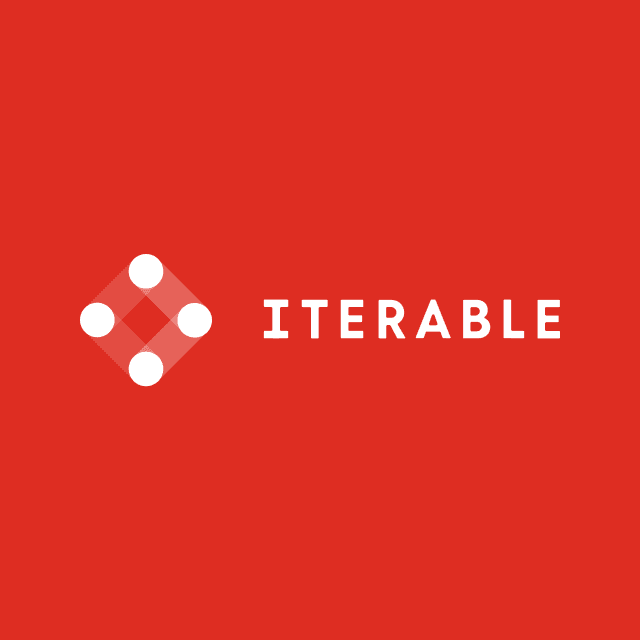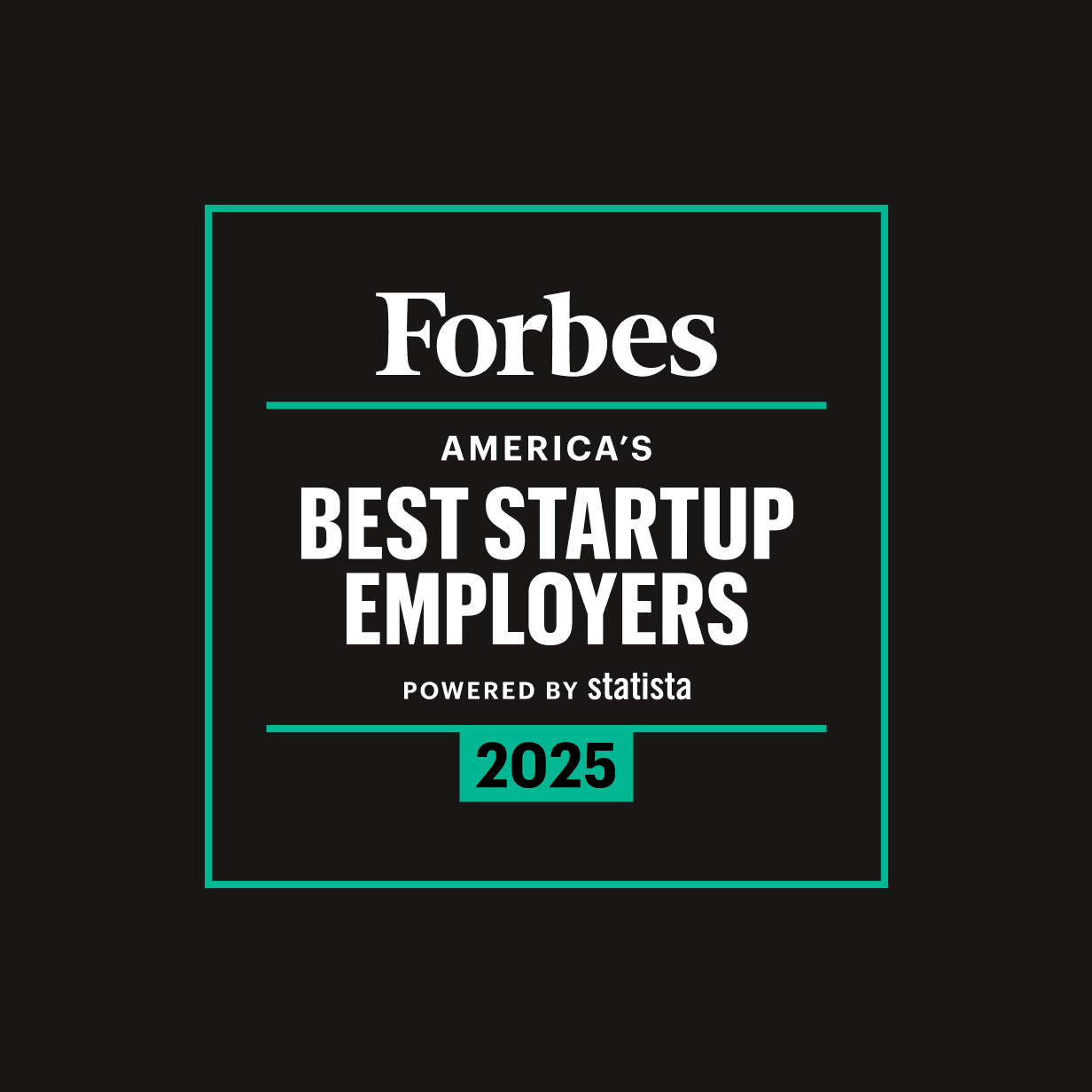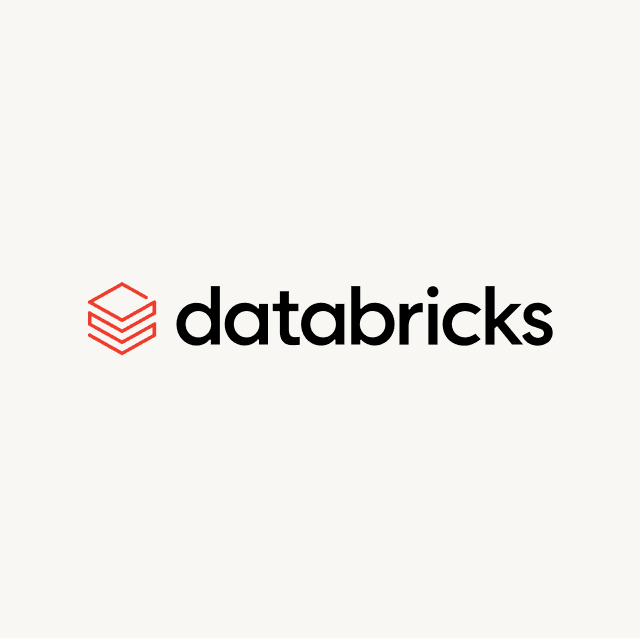If you’re looking for an enterprise customer data platform (CDP) or you have a mobile app, there’s a good chance you’ve stumbled across mParticle. But is it the best choice, or are there better alternatives available?
This article will cover:
- What is mParticle?
- How does mParticle work?
- Pros and cons of mParticle
- What are the alternatives to mParticle?
What is mParticle?
Founded in 2013, mParticle is a traditional CDP focused on mobile event collection, allowing you to capture behavioral events and sync that data to hundreds of destinations without the need to manage and maintain custom integrations and APIs. The platform helps you unify your customer data so you can power personalized marketing to deliver better experiences. Over the years, mParticle has expanded their suite of CDP solutions and is now focusing on launching new warehouse-native features.
How Does mParticle Work?
mParticle provides tools to help you collect and unify your customer data so you can easily build and manage audiences for various marketing campaigns. You can break the capabilities of the platform down into five key categories:
- Data Collection: mParticle allows you to collect behavioral data from mobile apps, websites, and servers through input and output connections. Input connections ingest data into mParticle, while output connections push that data to downstream tools. The platform provides server and client-side tracking and allows you to collect two types of data: event and user data.
- Identity Resolution: To unify your customer data, mParticle provides two identity resolution solutions. IDSync is their core identity framework, which assists you in building unified customer profiles by using an Identity API to pull in all known user identifiers. Then, those identifiers are mapped to individual profiles, where you can merge and de-duplicate your known and anonymous users. The other solution is ComposeID, which lets you resolve unidentified user data and profiles directly within your data warehouse.
- Audience Management: To build your audiences, mParticle provides an audience management tool that can be divided into two types: Real-time Audiences and Standard Audiences.
- Analytics: mParticle's audience analytics tool allows you to visualize your customer journey to identify drop-off points within your product. You can also analyze customer behavior and create user segments to tailor your campaign, as well as various reports and dashboards to monitor key metrics across your business.
- AI: Cortex is an AI-powered machine learning platform that creates predictive models to help you predict user behavior, generate recommendations, and efficiently identify high-value user segments.
Pros and Cons of mParticle
Here is a quick summary of the pros and cons of mParticle to help you decide if it is right for you.
Pros
mParticle started as a mobile app solution, so it has a great feature set and technology for collecting behavioral data on the server and client side. The platform also has a modern and user-friendly UI suitable for marketers, and the company has made a couple of strategic acquisitions to improve existing product offerings. The platform also offers a range of security features that ensure the data stored out of your infrastructure is as safe as possible. You can also personalize your customer experience by using their journeys feature based on customer behavior so they have a great experience.
Cons
mParticle is a traditional CDP and has only recently added support for data warehouses. The native deployment of mParticle limits you to behavioral data, and if you want access to more data, you’ll have to use the warehouse sync feature. Some essential capabilities are restricted by having to purchase premium features, such as changing the retention policy period. Heavy implementation work can also be needed to ensure GDPR, CCPA, and HIPAA compliance. mParticle’s audience management restricts you from creating audiences from the last 30 days of data unless you pay for an upgrade. And the data you collect must conform to the data model templates provided by mParticle.
What are the Alternatives to mParticle?
mParticle can help you with your event collection needs, but what if you want to focus more on other CDP solutions? Here are some alternatives to consider.
Hightouch
Hightouch is a composable CDP that sits on top of your data warehouse and gives you access to all of your customer data. The platform provides more flexibility, as you can leverage your existing data infrastructure and choose which products you actually need. With the identity resolution solution, you can store your identity graph in your warehouse rather than being owned by the CDP. The time-to-value is much shorter than a CDP because the implementation time goes from months to weeks or even days.
Segment
Segment is a traditional CDP that focuses on event collection and data activation and allows you to move that data into your downstream tools. The platform is built for data teams and technical marketers and helps you collect and unify customer data across your websites, apps, servers, or cloud applications. It has a user-friendly interface where marketers can easily build and manage audience segments and then sync those audience segments to downstream destinations.
Treasure Data
Treasure Data is an enterprise CDP designed to collect and transform customer data, enabling the creation of audience segments for personalized marketing campaigns. Originally a big data platform, it grew into a CDP aimed at developers and large enterprises, leveraging a data lake architecture powered by Hive and Presto. While the platform can do a lot, the underlying architecture built on legacy technologies can make it difficult to implement and maintain.
Adobe Real-Time CDP
Adobe Real-Time CDP is a customer data offering available within Adobe Experience Cloud which helps you unify customer data across your various Adobe-specific applications so your marketing teams can build audiences to power downstream use cases. The platform offers several capabilities related to identity resolution and audience management and direct integration support with other Adobe-specific applications like Target, Analytics, Marketo, etc.
Closing Thoughts
mParticle can be a great option if you just need a solution to capture behavioral data. However, if you have more sophisticated use cases where you need to pull in data from other external sources to support more advanced audience-building use cases, the only platform that houses all of this customer data is your data warehouse. Trying to conform your data to the requirements of a CDP vendor and maintain two sources of truth for your customer data is nearly impossible.
A Composable CDP solution like Hightouch is the only platform that’s flexible enough to scale with your complex and dynamic use cases because rather than storing data, Hightouch simply sits on top of your existing data infrastructure, giving you all the benefits of a traditional CDP, without the inflexibility. If you’re interested in learning more about Hightouch, book a demo with one of our solution engineers to learn more.















